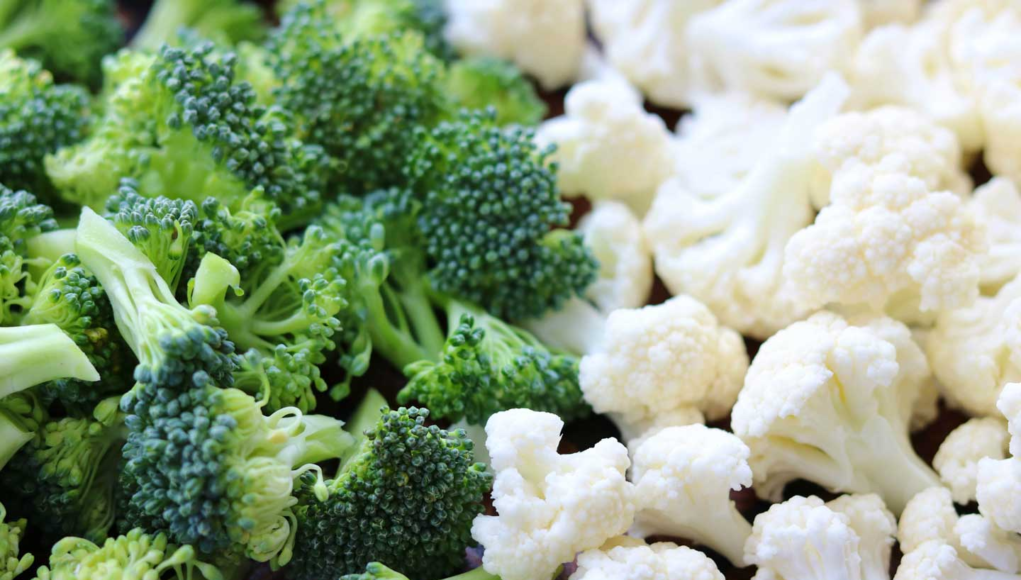The government of Guyana’s strategic investment of $1.4 billion in non-traditional crop cultivation has resulted in a 10% increase in production during the first half of 2024.
Non-traditional crops refer to those that fall outside the typical staples like rice, corn, or wheat. Through initiatives such as training programmes, infrastructure development, and the distribution of seeds and fertilizers, the government has significantly boosted production levels compared to the same period last year.
In 2023, the Bank of Guyana reported a 9.4% increase in the production of these crops, which is 0.6% lower than the gains seen in 2024.
The government’s collaboration with the private sector to enhance local crop production has not only reduced the nation’s food import bill by US$472.9 million but also increased export receipts by US$4,163.1 million.
Despite global economic uncertainties, Guyana’s agricultural sector has produced 5.9 tonnes of high-value crops for both local and export markets, thanks to new investments in infrastructure. This includes the establishment of tissue culture and micropropagation facilities and the construction of 75 shade houses, enabling year-round production of disease-free crops.
This growth extended to various sub-sectors, including vegetables, root crops, fruits, spices, cocoa, beans, cereals, and Cole crops like cauliflower and broccoli, all of which saw notable increases in output.
These developments have significantly impacted Guyana’s non-oil economic growth, with projections suggesting sustained progress across various sectors due to improved agricultural performance and higher crude oil output.
Overall, the government remains committed to advancing its goal of meeting CARICOM’s target to reduce the regional food import bill by 25% by 2025.











